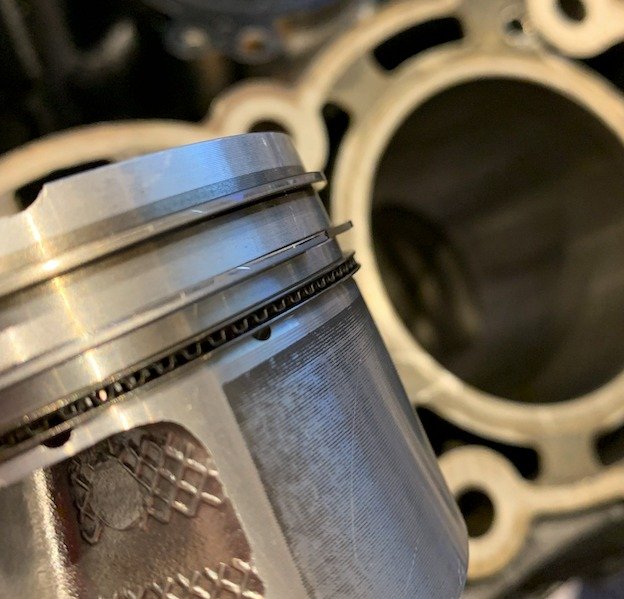By this point, anyone with a somewhat-solid grasp of internal combustion motor mechanics and piston rings is familiar with the ever-present, and utterly unpleasant effects of engine blow-by. Not only does blow-by reduce engine efficiency and snip motor oil life down to size, but it also significantly impacts performance gains. For all of us here, those are words we never like to hear.
So what can be done to offset these awful yet seemingly unavoidable issues from materializing in the first place? The guys at Shaver Specialty Racing Engines, have been contemplating these same questions for quite a while, and the crew was ready to put the whole debate to rest.
With the help of the piston ring gurus at Total Seal, a series of torture tests were put into play. The goal was simple: Determine whether a gas-ported piston or a gas-ported piston ring was better for performance, and then compare both to a standard non-gas-ported setup.
Since Total Seal has been studying cylinder-to-piston sealing for well over 50 years, providing some professional insight on the matter was pretty much second nature. Widely recognized for its “gapless ring technology,” Total Seal is the undisputed king of the piston ring. From Formula 1 internals to weekend warrior drag racers and street machines, there isn’t an engine block on the planet that this brand isn’t willing to investigate and improve upon.
This leads us back to the whole topic of gas-ported top rings, and whether or not this technology will help bolster a piston ring’s ability to seat (and subsequently seal) the harmful fumes emitted within the combustion chamber. But how does this magical “ring of fire” actually work and what are the inevitable downsides to opting for this highly-specific style of engine upgrade?
Let’s Take It From the Top
Unlike many of its competitor’s designs, Total Seal’s Gas-Ported Rings are manufactured with an exclusive set of horizontal slots that have been machined directly into the top perch of the ring itself. The purpose of this subtle modification is to channel combustion gases inward instead of outward. This affords a specialized bevel on the inside of the ring to gather those gasses and press the ring more firmly against the cylinder wall.
Not only does this drastically improve ring seal, but it also eliminates the risk of failure during heavy operation due to relying upon the naturally occurring byproducts produced by the engine’s rotating mass and internal…
Click Here to Read the Full Original Article at DragzineDragzine…

